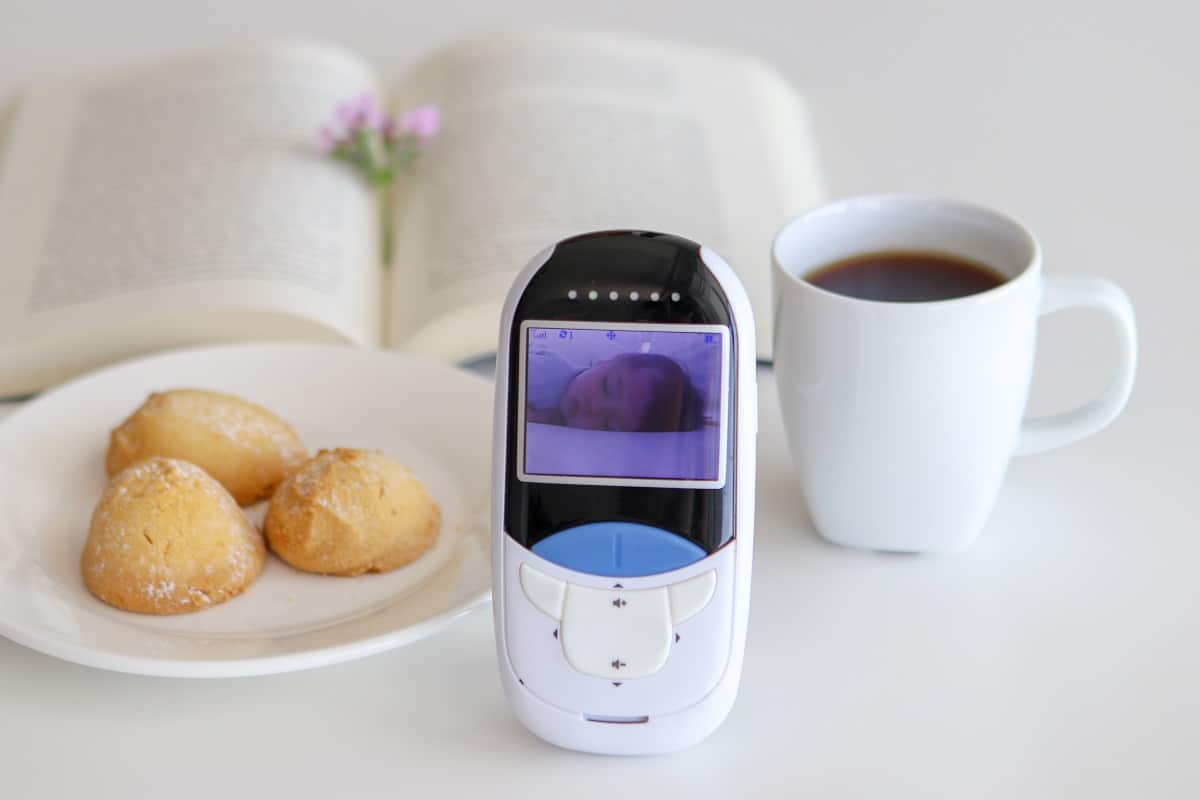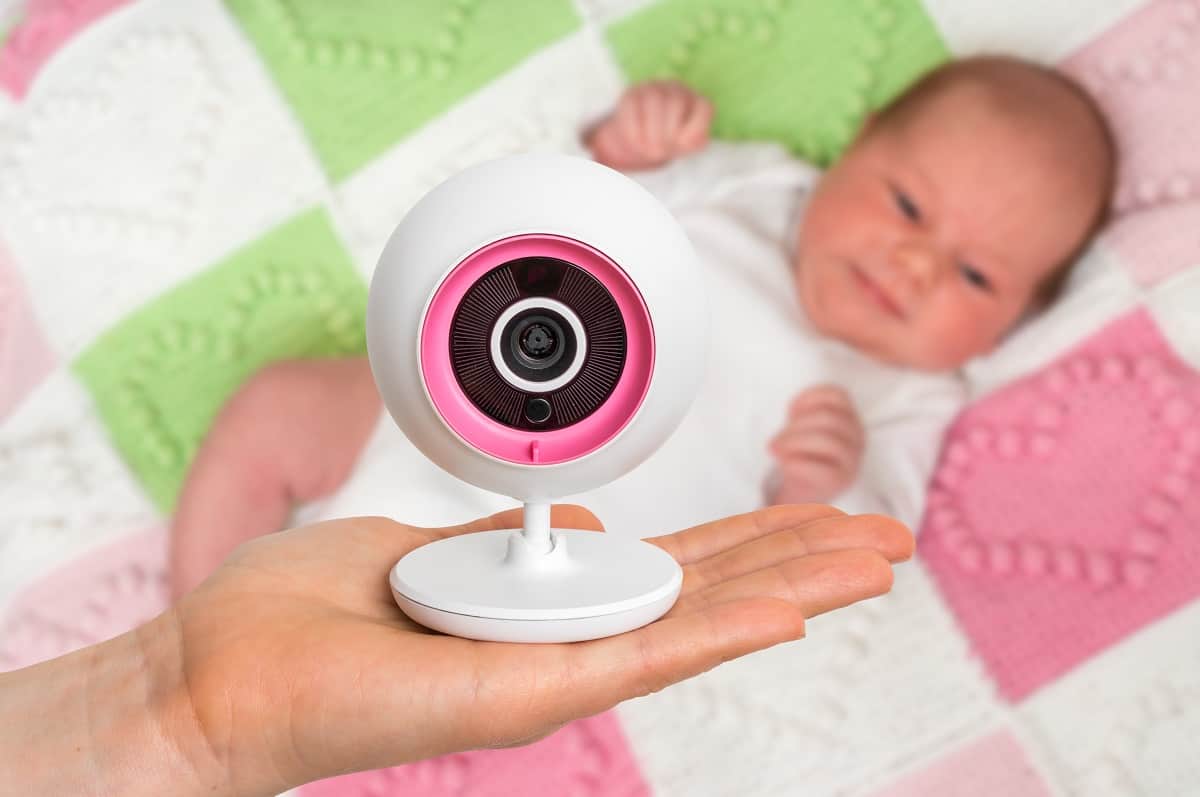Technology is developing at such a fast pace nowadays, that sometimes it is increasingly difficult to be up to date with all the details. Nonetheless, baby monitoring is one necessary safety and security measure for our babies. They allow us to check on them while doing household chores, or having a little peak when the little one is way too quiet, without disturbing their peace.
In this article, we will give a detailed explanation of how baby monitors work and the significant aspects that you need to be aware of when you use them. So let’s take a look at the nitty-gritty of the nifty pieces of technology.
How Do Baby Monitors Work?
There are different types of baby monitors, which will be discussed in the next section. Essentially, they are based on the same system – a transmitter and a receiver. The transmitter is the device you put in the nursery, while the receiver is the handheld device you or your baby’s caregiver carries around the house. If there is an emergency or you want to check on your baby, you can have a look at your receiver at anytime — even during the night, thanks to night vision technology. Some advanced models include many more features, especially those which use internet, such as monitoring baby’s breathing, safety, movements, they use motion detection technology and more.
Here is a breakdown of different types of baby monitors and how they work.
Types of Baby Monitors
Analog Baby Monitors
This type is similar to radio, as the sounds are transmitted via radio frequencies. The baby monitor breaks down the sounds into tiny bits and sends them to the receiver using radio frequencies. The sound is reassembled once it reaches the receiver. This process is extremely quick, and the sound is not interrupted. However, baby monitors are built using higher frequencies than radio; otherwise, they would be constantly interrupted by phone conversations, for instance.
Digital Baby Monitors
Digital technology is used to construct more powerful and complex baby monitors compared to analog models. The sound is transformed in coded data, and it is delivered to the receiver – known as encryption. This is the most secure baby monitor you can find on the market right now, and it is not disturbed by the environment.
Two-Way Monitors and Smartphones
Walkie-talkies are not so popular today; however, the same technology is used in two-way baby monitors. More specifically, the baby monitor uses radio waves to allow you to talk to your baby and vice-versa. This means that you can speak to your baby to soothe them even though you are in another part of the house. Additionally, you can also hear your baby as long as you are within the range. This can be extremely useful if, for instance, your baby wakes up crying during the night, as you can quickly soothe them through the baby monitor.
The latest development in the baby monitor industry is, of course, the integration of internet technology in the baby monitors. This relatively new feature allows the baby monitor to connect to a network, which enables a series of new features. For instance, using this type of baby monitor, you can watch your baby even when you are away from home, keep an eye on their caregivers, or use VOIP technology and others to communicate with your children. The main drawback is, of course, that it can easily be interrupted if the internet connection is weak or it goes down.

How Safe is the Baby Monitor?
Discussing the ways they function, it is also essential to consider the security of these methods of transmitting data. For instance, the analog audio-only baby monitors send the sounds over an open channel, so you can hear your baby only when you are close enough. On the other hand, digital and video baby monitors use encryption to send data, so only the transmitter and receiver can decode this data, making it the safest option.
If you use a Wi-Fi connection, the safety depends on the router’s settings. For example, if you have no password or you have a default password, anyone can access your baby monitor’s feed. One way to prevent this is, for instance, to choose your password from four different randomly chosen words.
Lastly, baby monitors that use internet technology, such as those allowing you to watch your baby when you are away from the house, are some of the least safe. It is relatively easy for anyone using the internet to access your baby monitor’s feed.
Final Thoughts
In conclusion, baby monitors essentially work in a similar way. What makes the difference between them is how they transfer the data from the transmitter to the receiver. This also entails different features but also might pose serious risks for your baby’s privacy. Overall, make sure you take necessary precautions for safety and security, despite the type of baby monitor you choose, be it analog, digital, or internet-based one.

